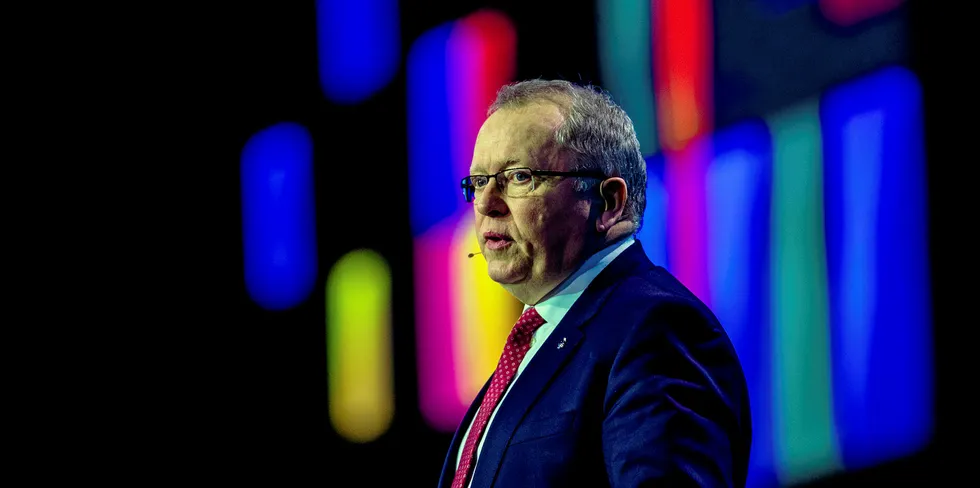Equinor sets 2035 renewables target to become 'offshore wind major'
Norwegian oil & gas giant says 12-16GW asset goal is part of wider energy transition agenda

Norwegian oil & gas giant says 12-16GW asset goal is part of wider energy transition agenda
